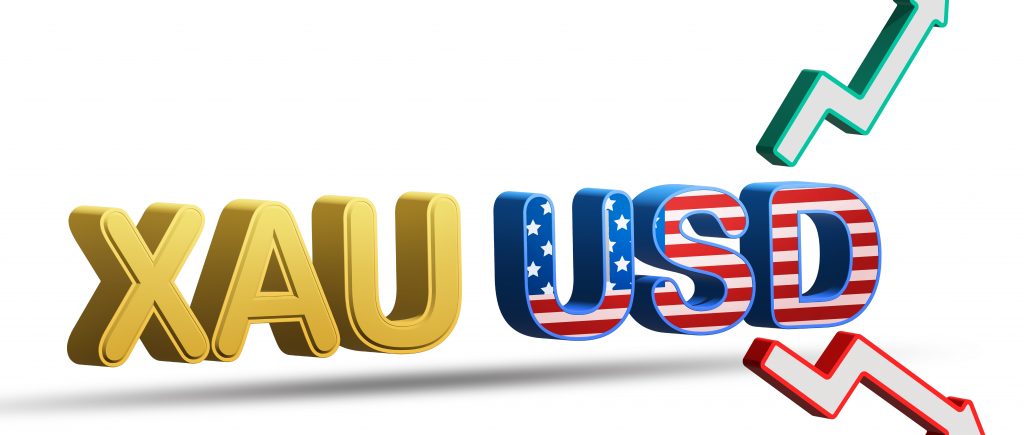Gold prices have experienced a sharp decline, falling below the crucial $2,600 level, as the US Dollar strengthens and Treasury yields rise. This downward trend is primarily driven by a combination of factors, including a less dovish Federal Reserve, escalating geopolitical tensions, and a shift in investor sentiment.
A Strengthening Dollar and Rising Yields
The US Dollar Index has surged to a six-month high, making gold, which is priced in dollars, less attractive to international investors. Simultaneously, rising Treasury yields, reflecting a less accommodative monetary policy stance from the Federal Reserve, have further dampened gold’s appeal. As bond yields rise, the opportunity cost of holding non-yielding assets like gold increases.
Shifting Investor Sentiment
Investors are increasingly turning towards riskier assets, such as stocks, as economic optimism grows. This shift in sentiment has led to significant outflows from gold ETFs, further exacerbating the downward pressure on gold prices.
Geopolitical Tensions
Geopolitical tensions, particularly between the US and China, have also played a role in the decline of gold prices. While gold is often considered a safe-haven asset during times of uncertainty, the recent escalation of trade tensions has failed to boost demand for the precious metal.
Outlook for Gold
The outlook for gold remains uncertain, with several key factors likely to influence its price trajectory in the near future.
US Economic Data: Upcoming US economic data, particularly inflation figures, will be closely watched by market participants. A stronger-than-expected economic recovery could lead to further rate hikes by the Federal Reserve, which would be negative for gold.
Geopolitical Developments: Any escalation of geopolitical tensions, such as a renewed trade war between the US and China or a conflict in Eastern Europe, could provide support for gold as a safe-haven asset.
Central Bank Policies: The monetary policies of major central banks, including the European Central Bank and the Bank of Japan, will also impact gold prices. Any easing of monetary policy in these regions could boost demand for gold.
From a technical perspective, gold prices have broken below key support levels, indicating a potential for further downside. However, if the US Dollar weakens or geopolitical tensions escalate, gold prices could rebound.

 Noor Trends News, Technical Analysis, Educational Tools and Recommendations
Noor Trends News, Technical Analysis, Educational Tools and Recommendations




